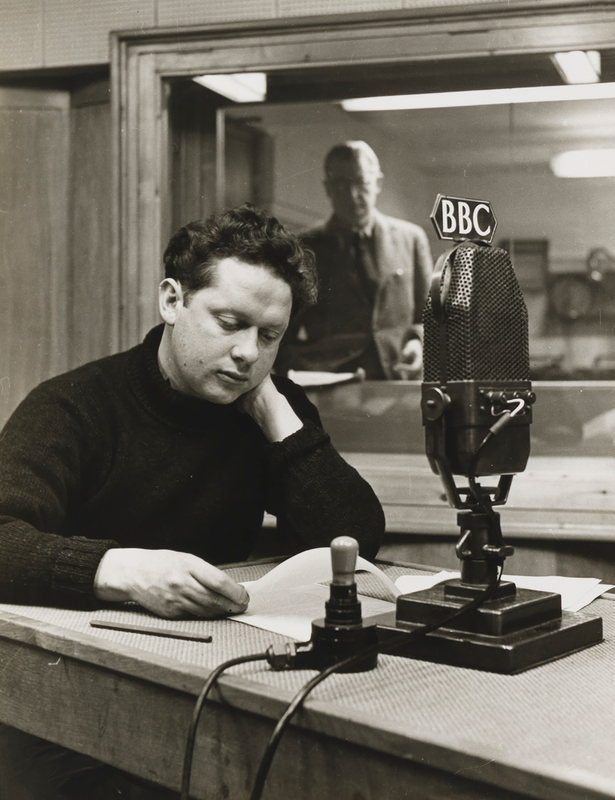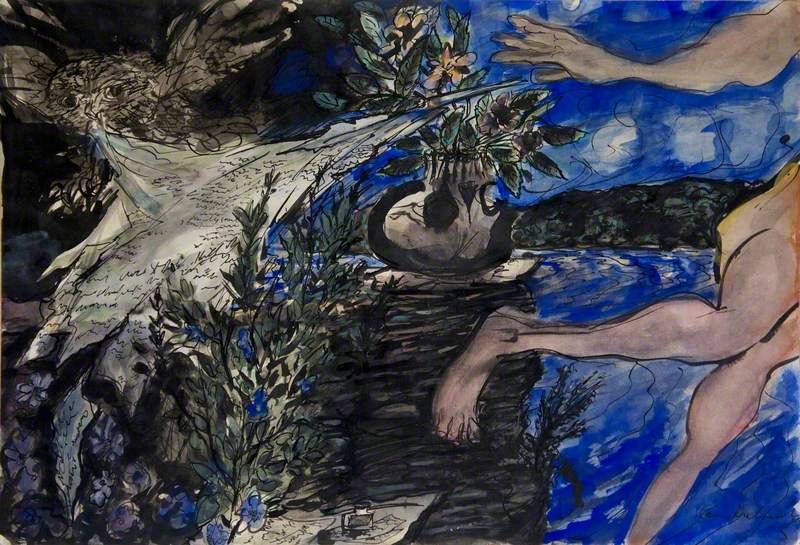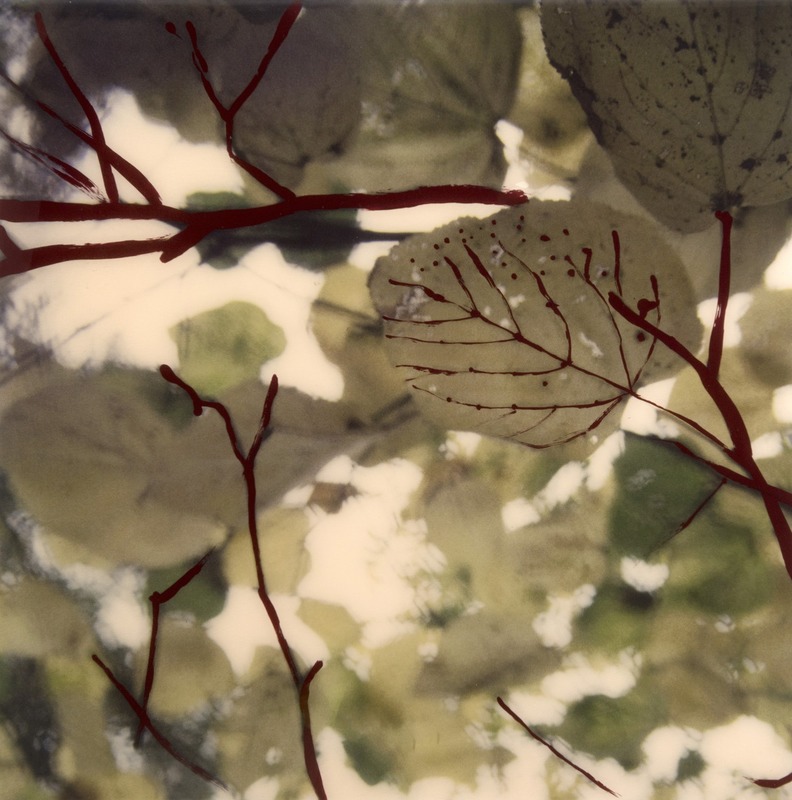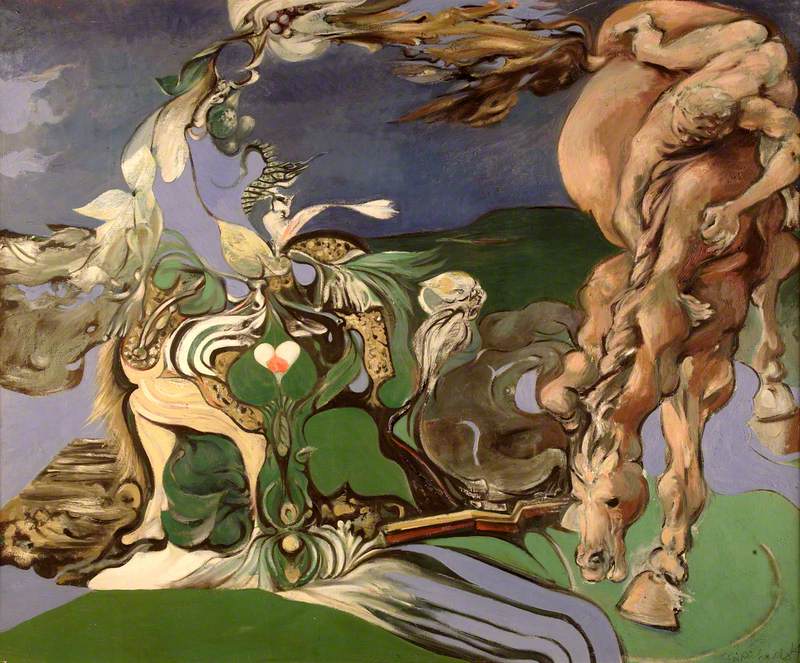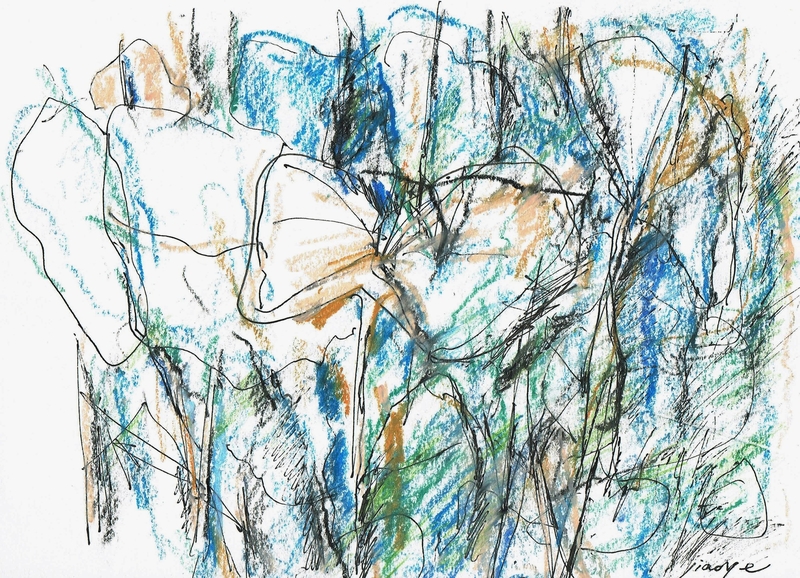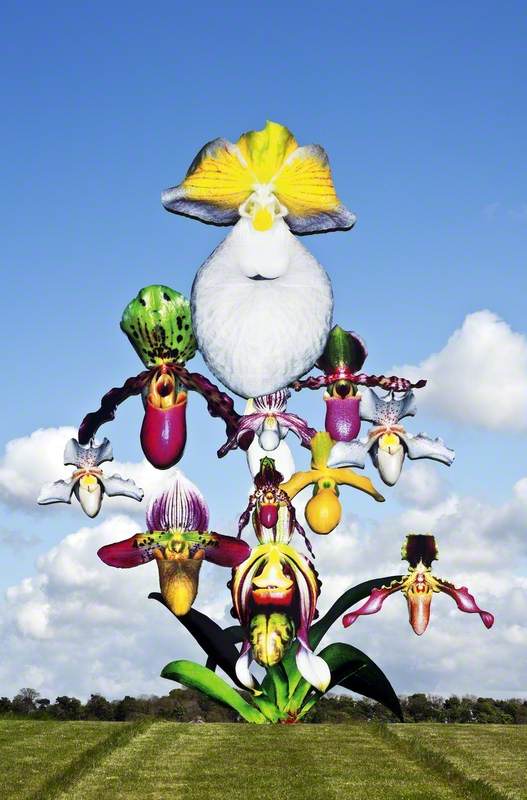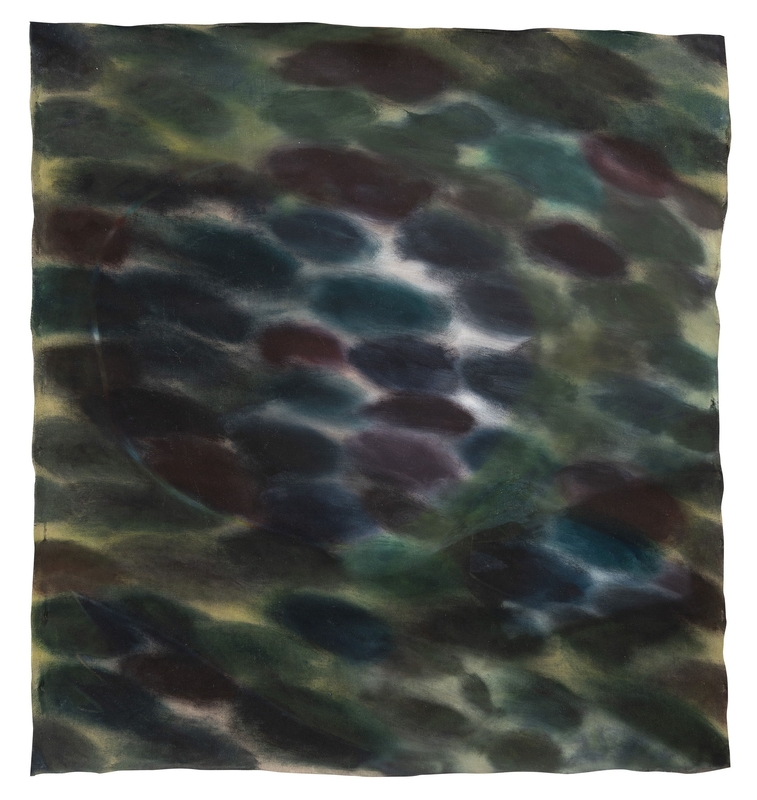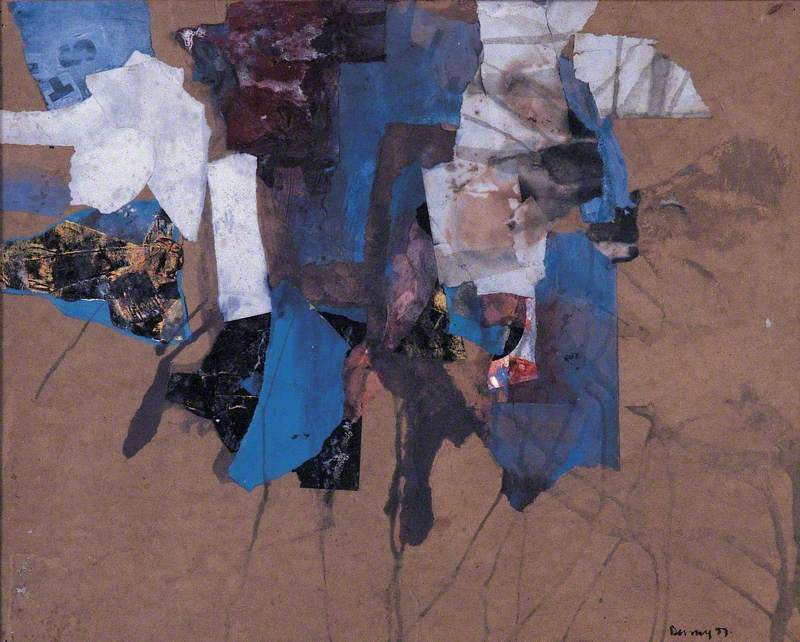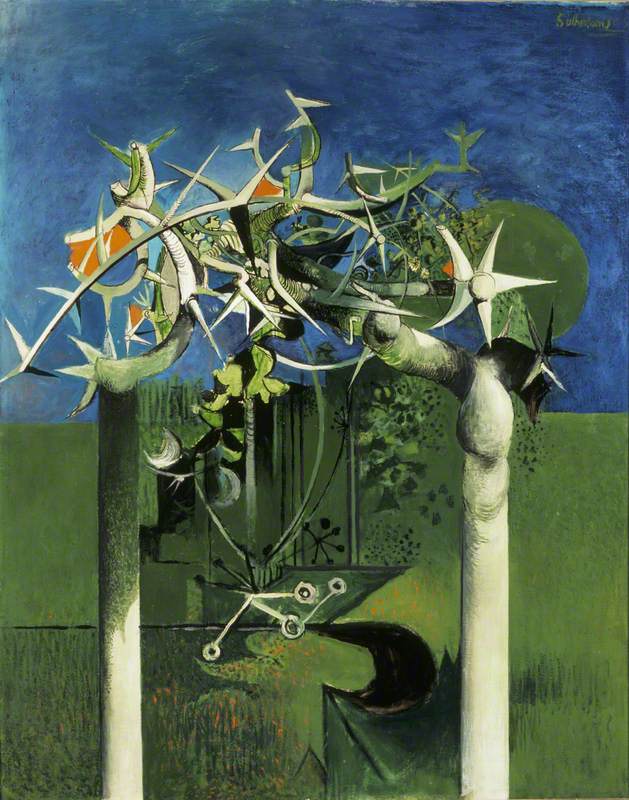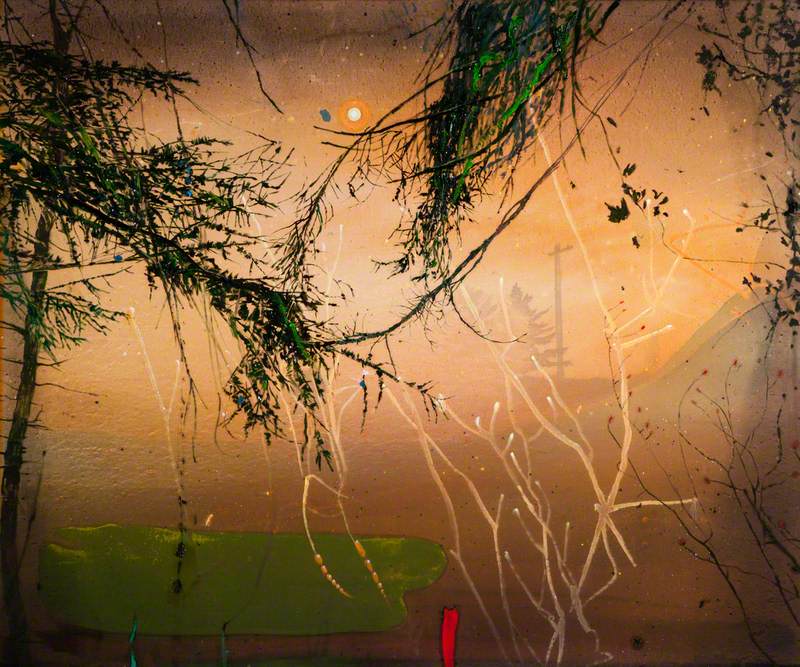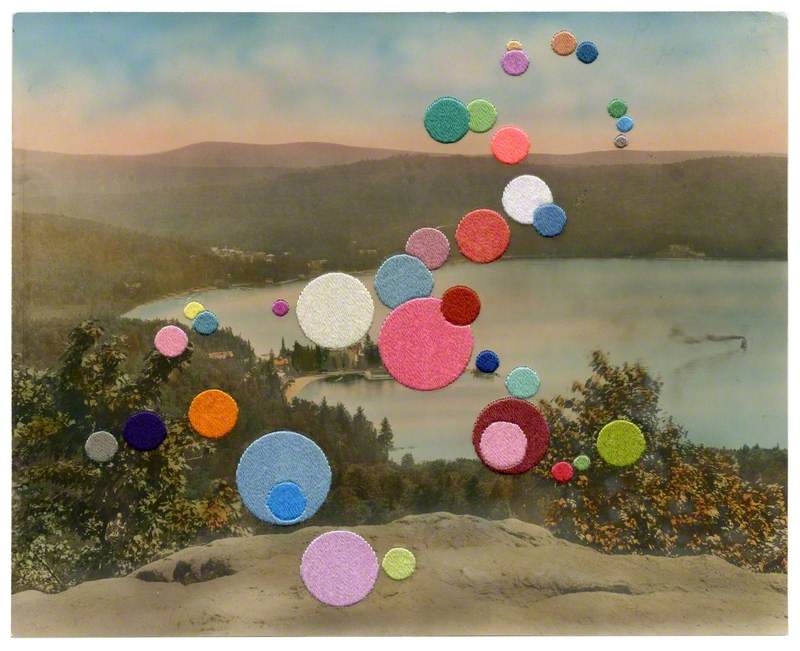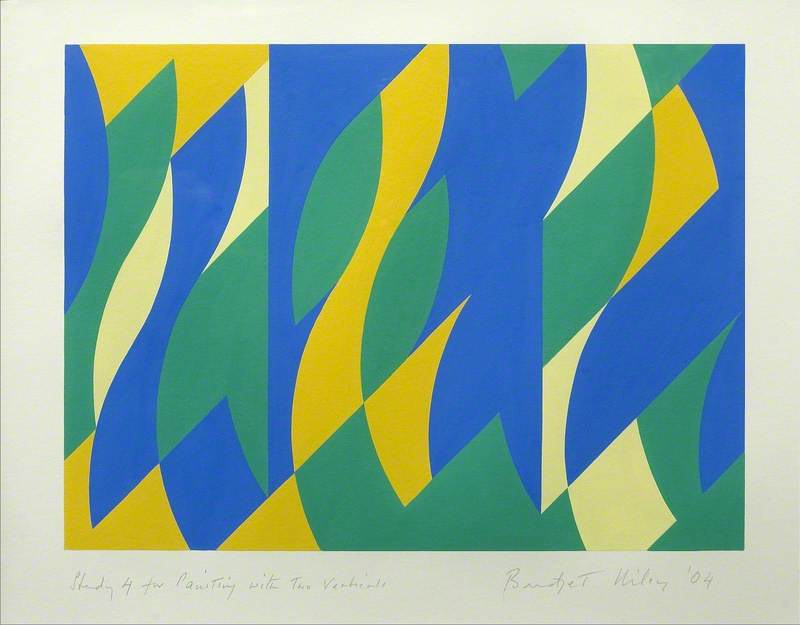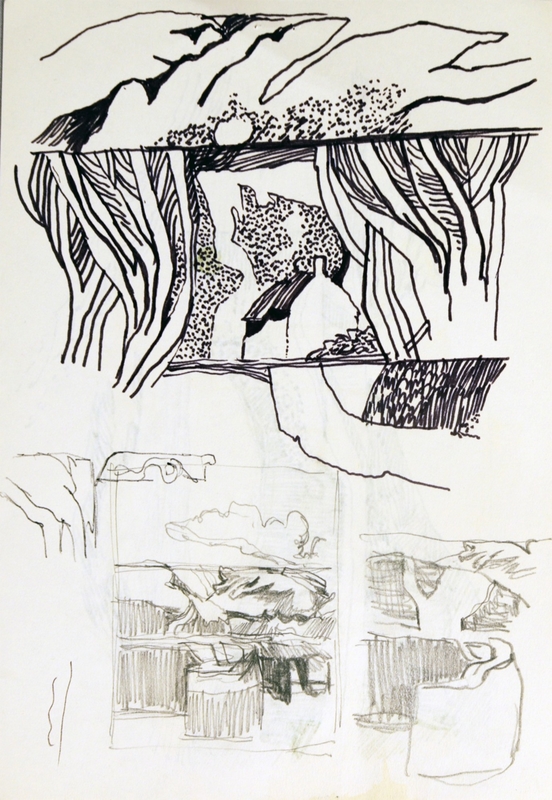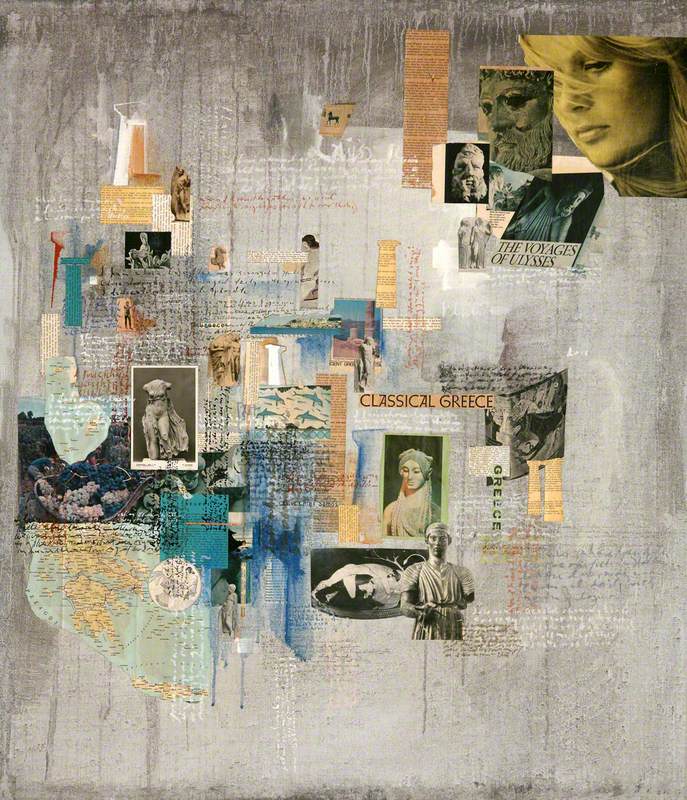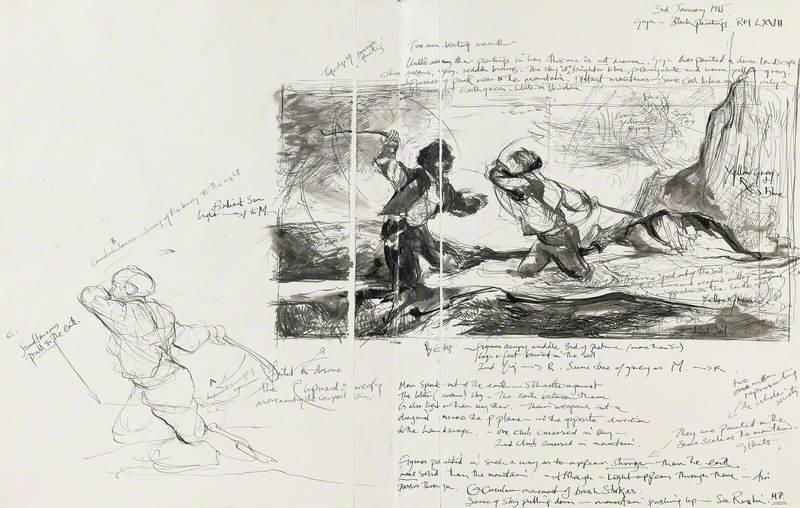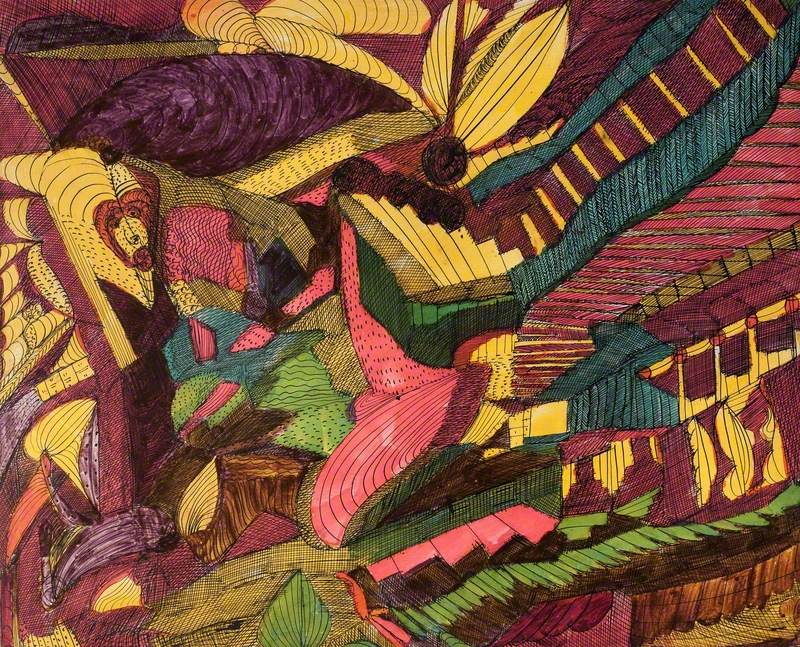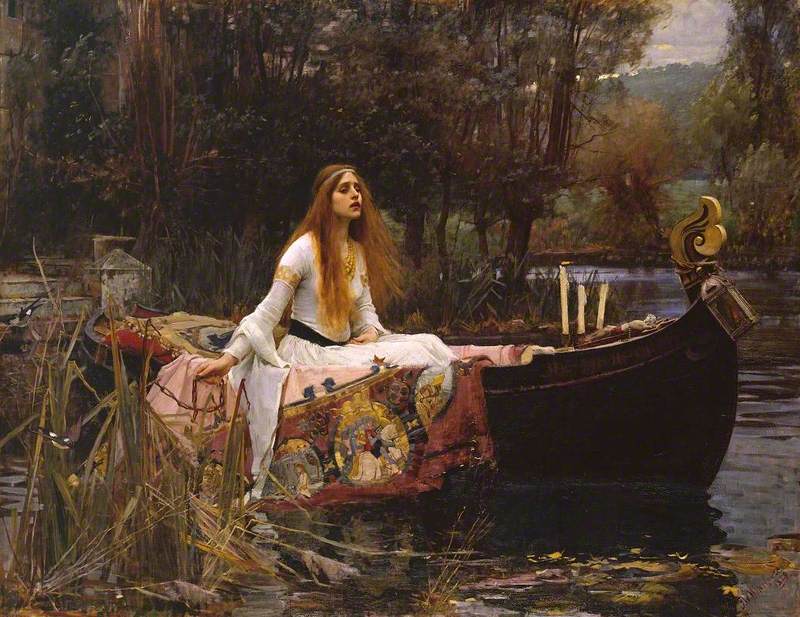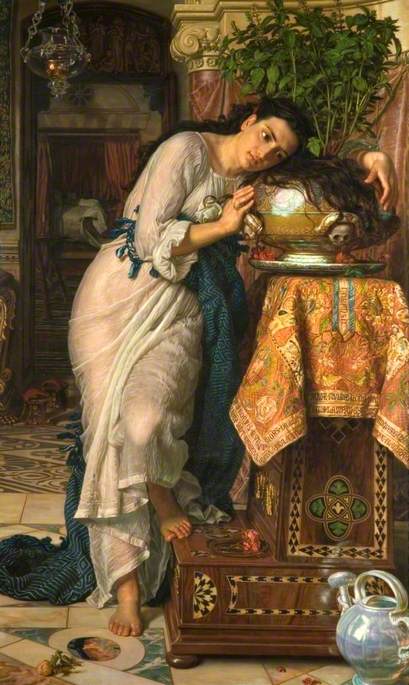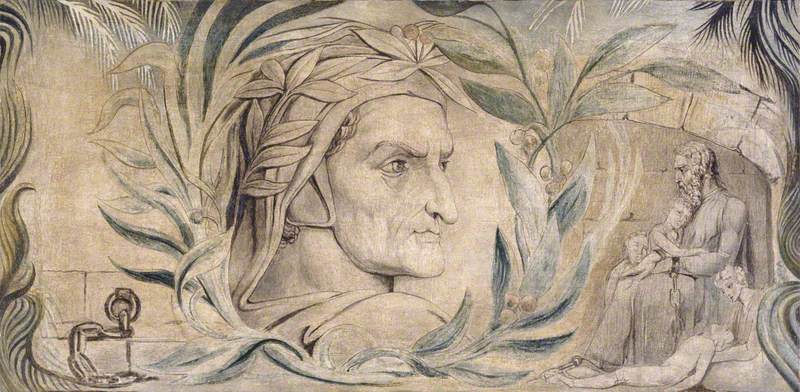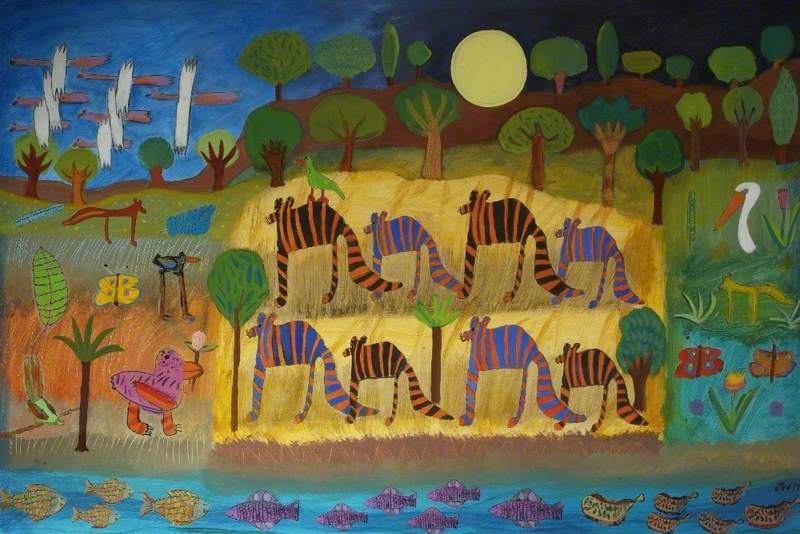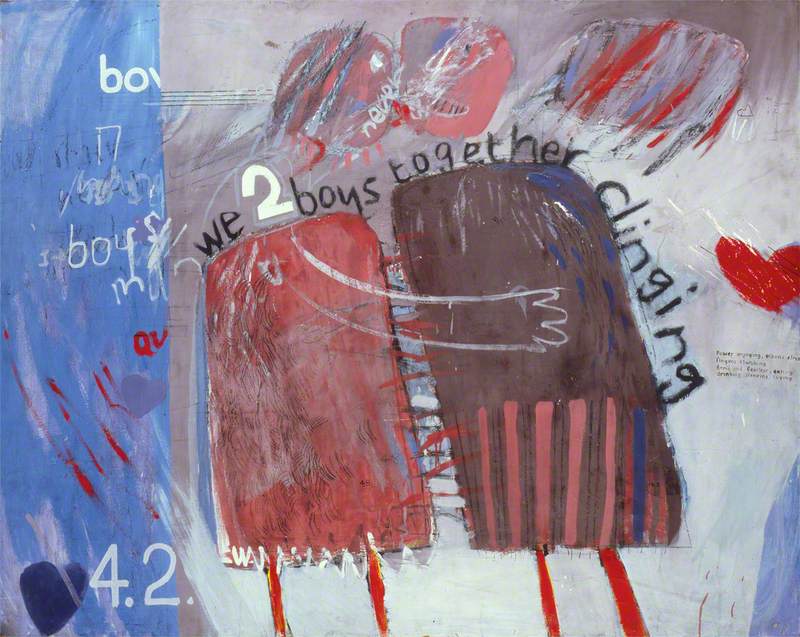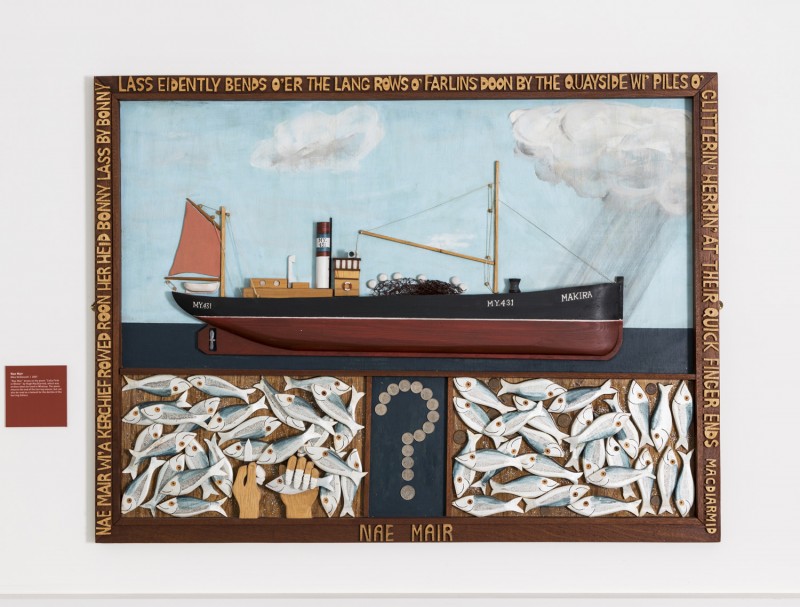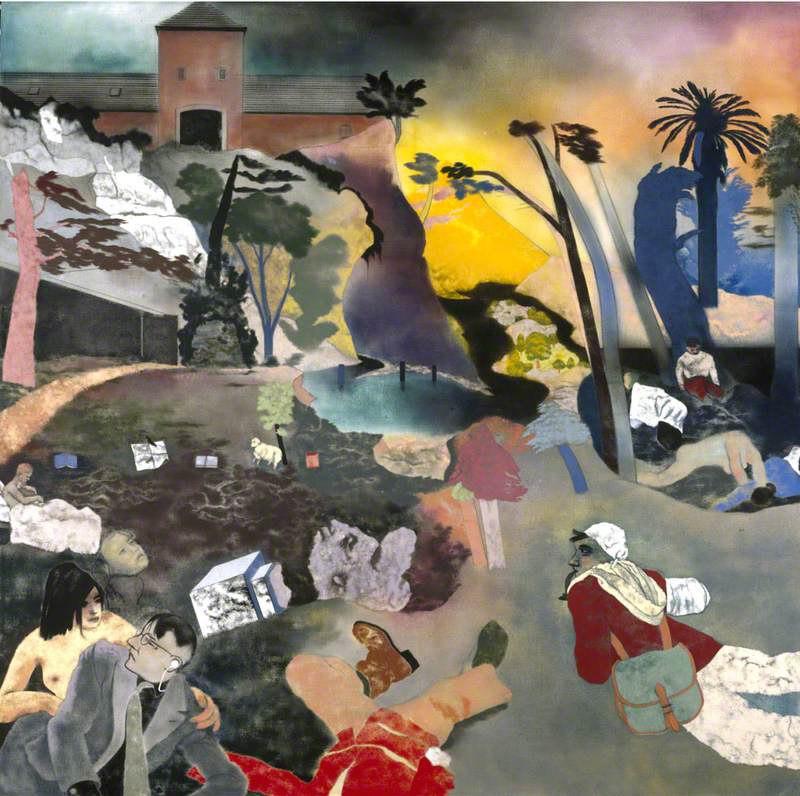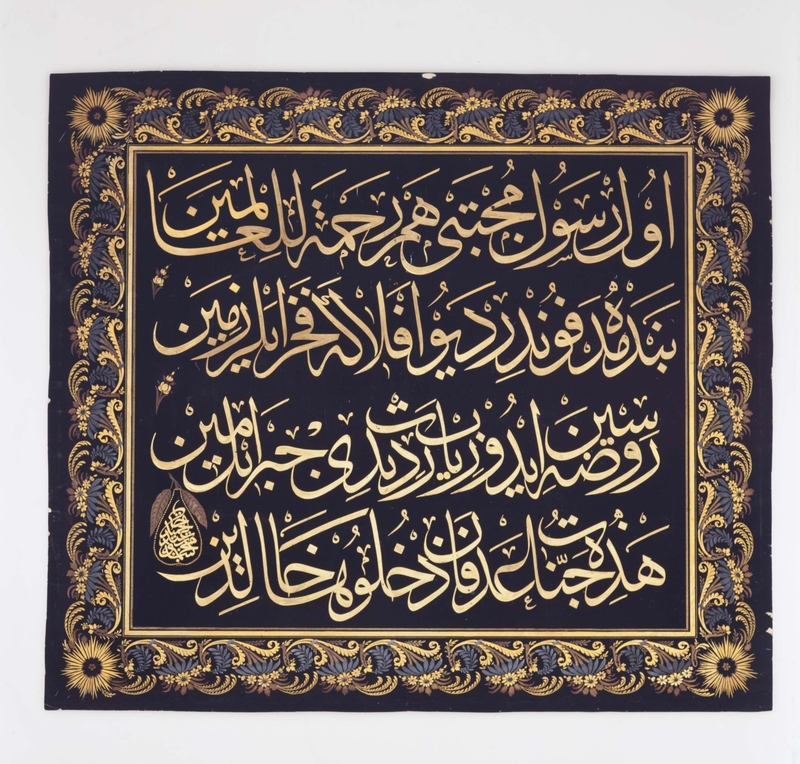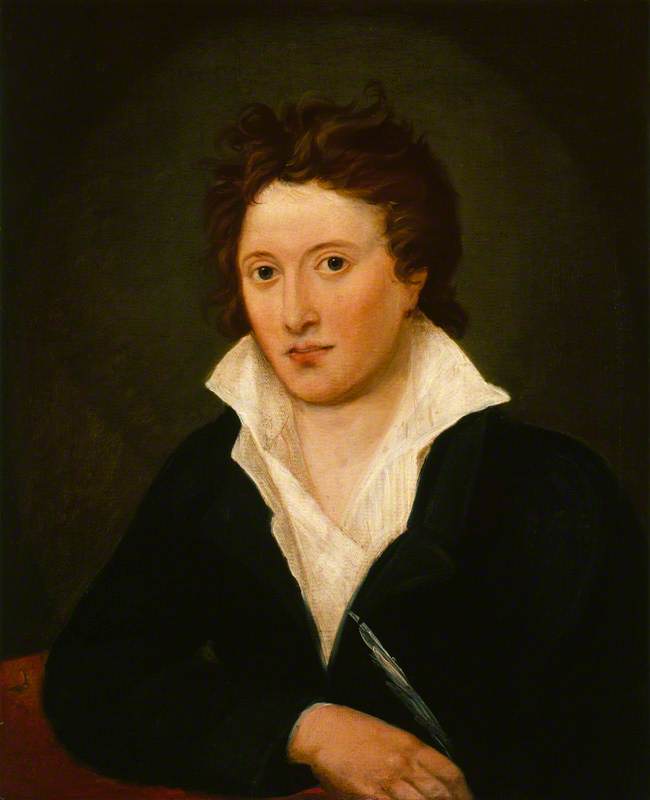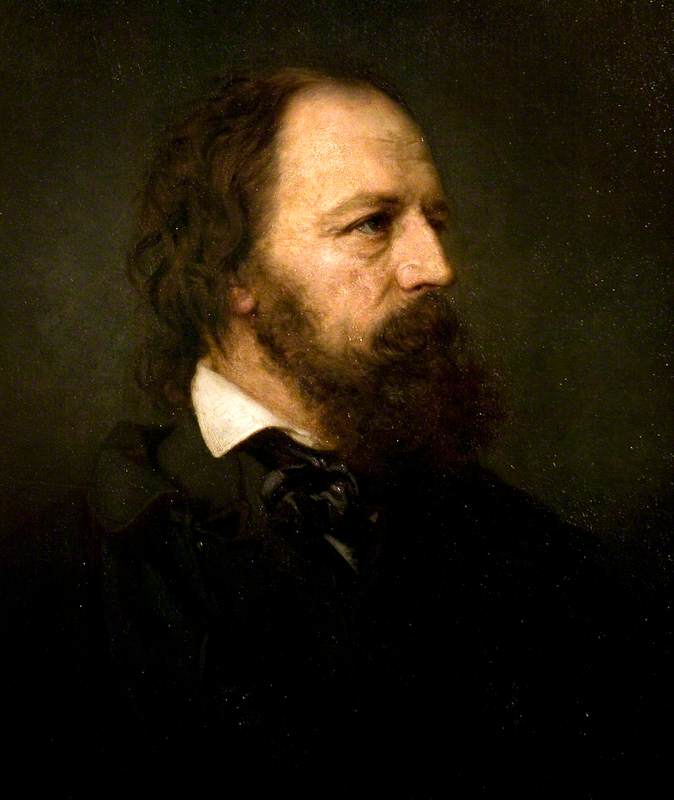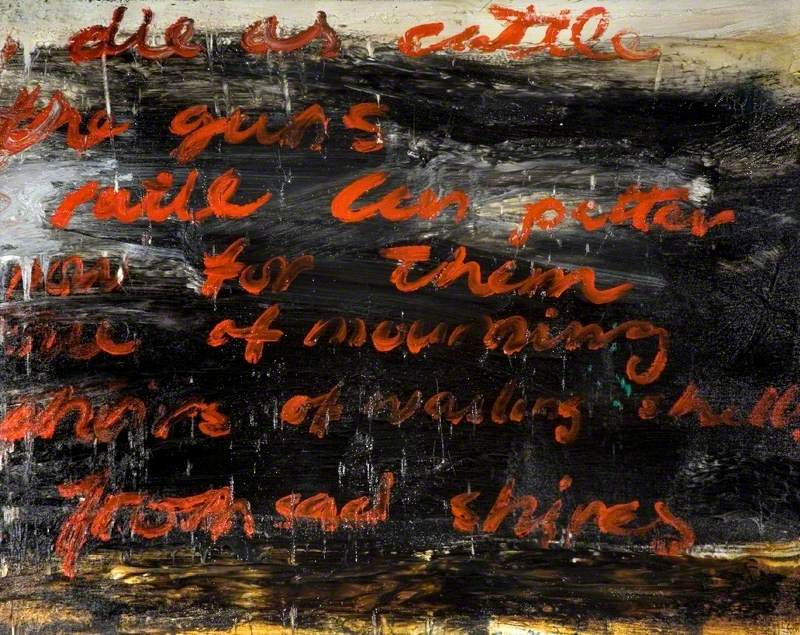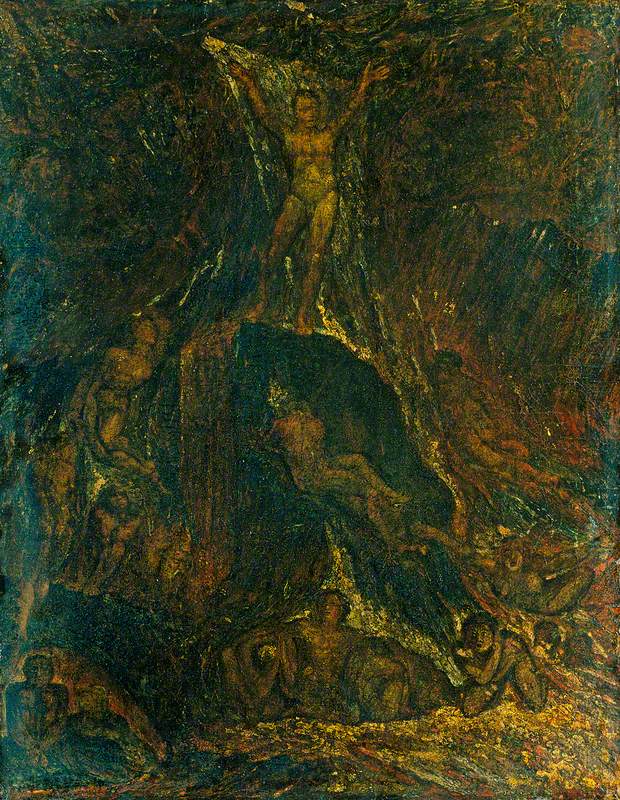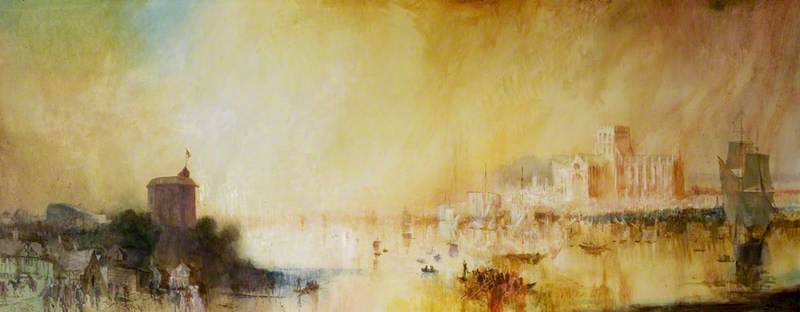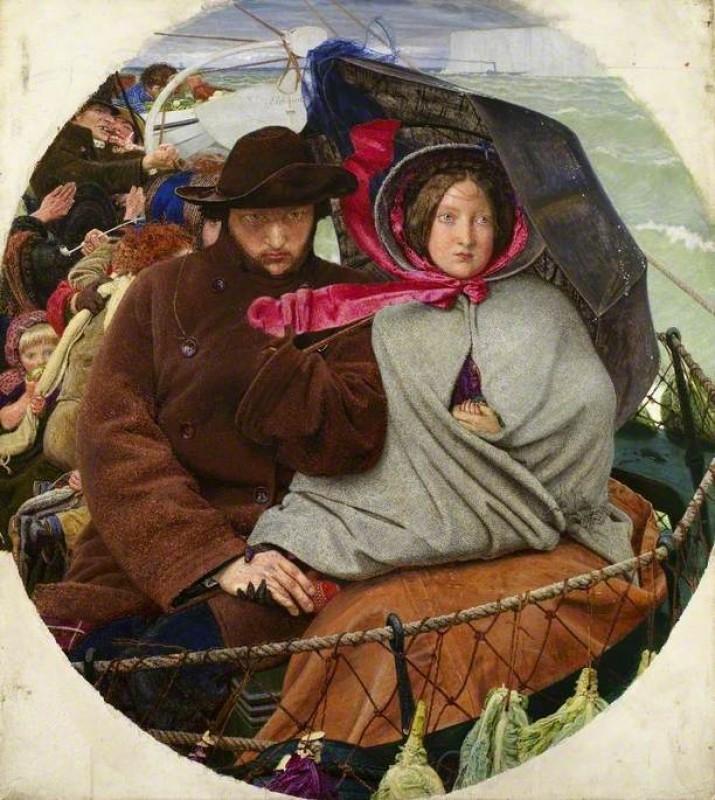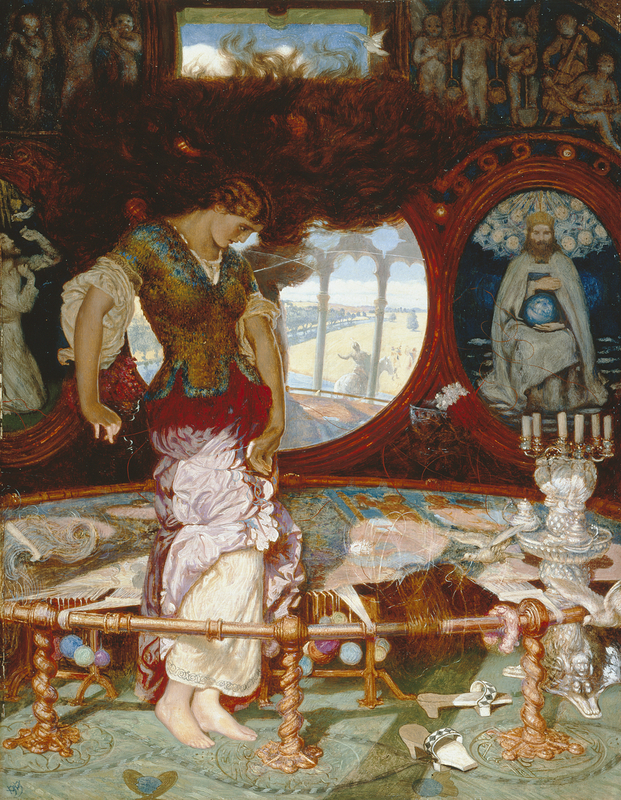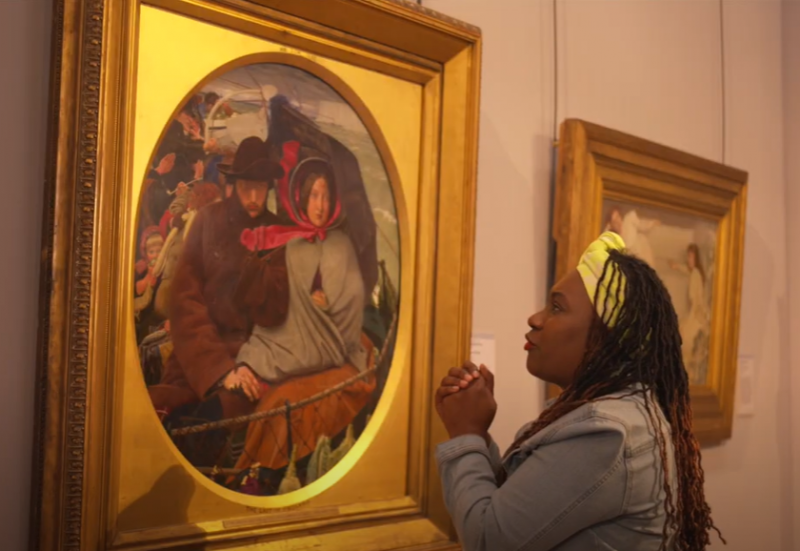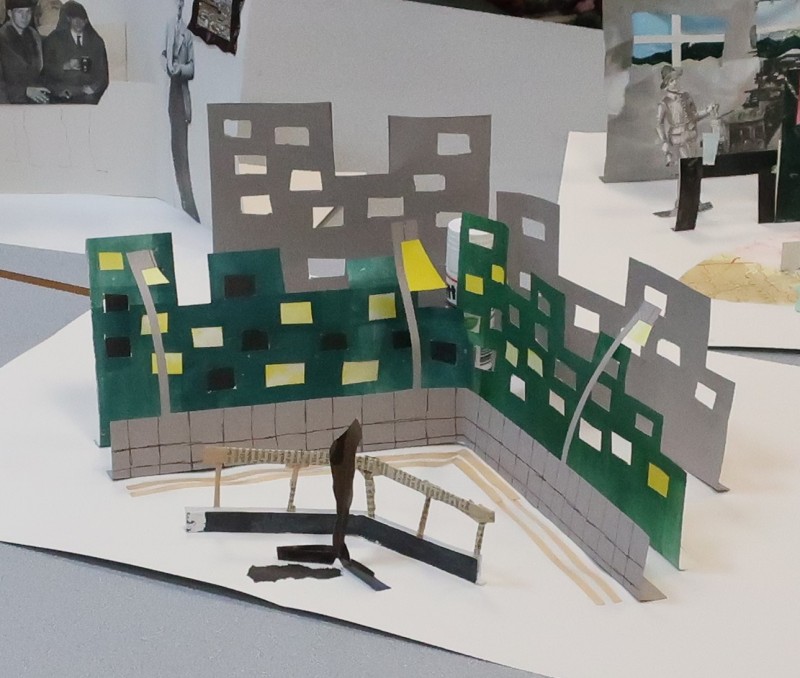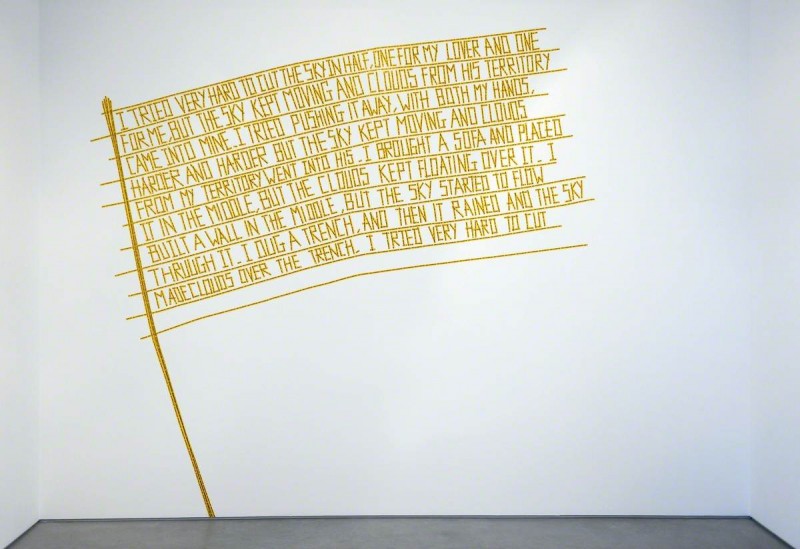Expressive Arts
Exploring the expressive arts is essential to developing artistic skills and knowledge and it enables learners to become curious and creative individuals.
Progression step 5:
I can explore and experiment with my own creative ideas and those of others, demonstrating technical control, innovation, independent thinking and originality, showing confidence to take risks and developing resilience in order to overcome creative challenges.
I can investigate and analyse how creative work is used to represent and celebrate personal, social and cultural identities.
I can independently research the purpose and meaning of a wide range of creative work and consider how they can impact on different audiences.
Responding and reflecting, both as artist and audience, is a fundamental part of learning in the expressive arts.
Progression step 5:
I can critically and thoughtfully respond to and analyse the opinion and creative influences of others in order to independently shape and develop my own creative work.
I can purposefully apply knowledge and understanding of context when evaluating my own creative work and creative work by other people and from other places and times.
I can critically evaluate the way artists use discipline-specific skills and techniques to create and communicate ideas.
Creating combines skills and knowledge, drawing on the senses, inspiration and imagination.
Progression step 5:
I can synthesise and apply experience, knowledge and understanding with sophistication and intent when communicating my ideas.
I can use professionally established, discipline-specific techniques confidently and convincingly in my creative work and work towards industry standard.
I can design creative outcomes to professional and industry-standard with sophistication, clear purpose and intent.
I can use effective strategies to take risks with my own creative work and can display resilience to overcome creative challenges.
I can evaluate and judge the appropriateness of my creative work in relation to ethical and legal considerations and its effect on participants and audiences.
Languages, literacy and communication
Understanding languages is key to understanding the world around us
Progression step 5:
I can listen empathetically, respecting different people’s perspectives and can critically evaluate them to arrive at my own considered conclusions.
I can employ a range of strategies to recognise and predict the meaning across a wide range of texts and from this enhance my own expression and communication.
I can use inference and deduction to gain in-depth understanding of complex texts, and can evaluate the reliability, validity and impact of what I read.
I can use my knowledge of word construction, grammar, including syntax, and text organisation to support my understanding of what I hear and read.
I can read empathetically to respect and critically evaluate different people’s perspectives, using them to arrive at my own considered conclusions.
I can listen and read to build an extensive range of general and specific vocabulary, and I can use them with precision in different contexts.
Expressing ourselves through languages is key to communication
Progression step 5:
I can convey meaning convincingly in a range of contexts so that the audience is fully engaged.
I can make informed choices about vocabulary and grammar to enhance my communication skills
I can reflect critically on my use of language and can consider the effects of my spoken, written and visual communication objectively.
I can evaluate and respond critically to what I have heard, read or seen.
Literature fires imagination and inspires creativity
Progression step 5:
I can engage with a wide range of literary genres in depth in order to explore and craft my own work.
I can experiment with and craft my own literature.
I can critically evaluate key concepts and the impact of language choices and techniques on the reader/viewer using an assured selection of relevant textual detail.
I can appreciate literature, showing empathy when evaluating different interpretations of literature, including my own.


